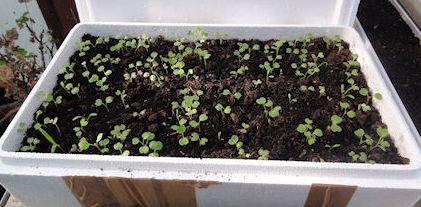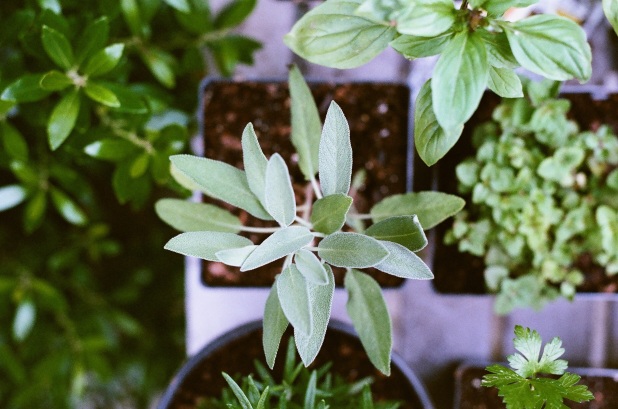Guest blog by Del Robson.
Living in high-density accommodation presents challenges when managing waste resources. Many people are comfortable to use the recycling options, in the form of waste bins, provided by their local Council. The most efficient way to manage these bins is to separate out items as they become waste.
Collect paper, bottles and cans (including used aerosol cans) and place into the bin with the YELLOW lid. Any aluminium foil can also be recycled. Check the code on the base of plastic items, any triangular emblem that includes the numbers 1,2,3,4 or 5 is recyclable. Always make sure that any containers are cleaned before disposal. This prevents smelly rubbish and subsequent smelly bins.
Food scraps should be kept away from general waste so that they do not end up as land fill. Some councils provide both a small bin and compostable bags. Don’t overfill the bags. Because the bags are made from cornflour, they will begin to stretch and break if they hold heavy, watery scraps. Put all these bags, together with waste vegetable matter into the bin with the GREEN lid.
General waste includes the lids of all the containers already recycled, along with non-paper packets, dust from the vacuum cleaner, plastic wrap, disposable plastic-ware and general packaging from fresh food purchases. These all end up in the bin with the RED lid. Once you have separated out the different waste items, you should notice a large drop in the amount of your general waste.
Mini gardens

Polystrene Garden. Photo by Aqua-Marina (Creative Commons Licence)
Notwithstanding the lack of growing space outside a dwelling, some people prefer to have some fresh produce to pick from time to time. The ‘polystyrene garden’ is appropriate for them. Such boxes, usually discarded by greengrocers and produce stores, are available free of charge. Boxes with holes in the bottom are excellent to grow a large variety of foods. If possible, find a larger box without holes, into which the holed box will fit. Place layers of newspaper between the boxes to hold moisture. Fill the holed box with a growing medium (eg. potting mix or composted vegetable matter) and plant seeds of broccoli, beetroot, carrot (if the box is deep), lettuce, rocket, cucumber, tomato, etc. Tomatoes will need to be transferred to a large pot before fruiting will occur.
Each plant requires a large amount of water to produce its crop. Beans and peas will need some support for growing plants. Limit the number of plants per box based on the size of the fruit to be cropped. One box would easily produce half a dozen lettuce, 8–10 beetroot, 20–30 carrots, and so on. A single person would need only one tomato plant, one or two cucumber plants, a few bean and pea plants to keep them in fresh vegetables much of a season.
Vegetable waste
If growing your own food appeals to you, then you also need a way to re-use waste vegetable matter. The most practical method for people with limited space is the worm farm. This consists of three boxes placed on top of each other. The bottom box, usually on a stand of some sort, holds the watery excrement of the worms and this can be tapped for liquid fertilizer. The two upper boxes have holes to allow the movement of the worms between layers as they feed on the food scraps and waste plant material. Waste meat, bones, citrus and onion peels should not be included as they attract unwanted pests, and are bad for the worms. Of course, once the matter has decomposed, it can be used in the growing medium of the next growing box.
Why grow food?
With the cost of food increasing all the time and more leisure time becoming available, especially in retirement, growing your own food becomes more attractive. For single people, the purchase of fresh food can lead to waste as it cannot be consumed within the ‘fresh’ time period. So the prospect of being able to pick just what you need from your own growing area has a distinct appeal.
The cost of watering the plants need not be excessive if you look at how much water you waste around your house. Do you let the cool water from the hot water tap run down the drain before collecting the hot water? If all this water was to be collected in a bucket it could be used to water the plants growing in your boxes.
Del Robson, Bonny Hills CWA

Congratulations Del, very well presented, a garden no matter how small is food for the soul. Cheers